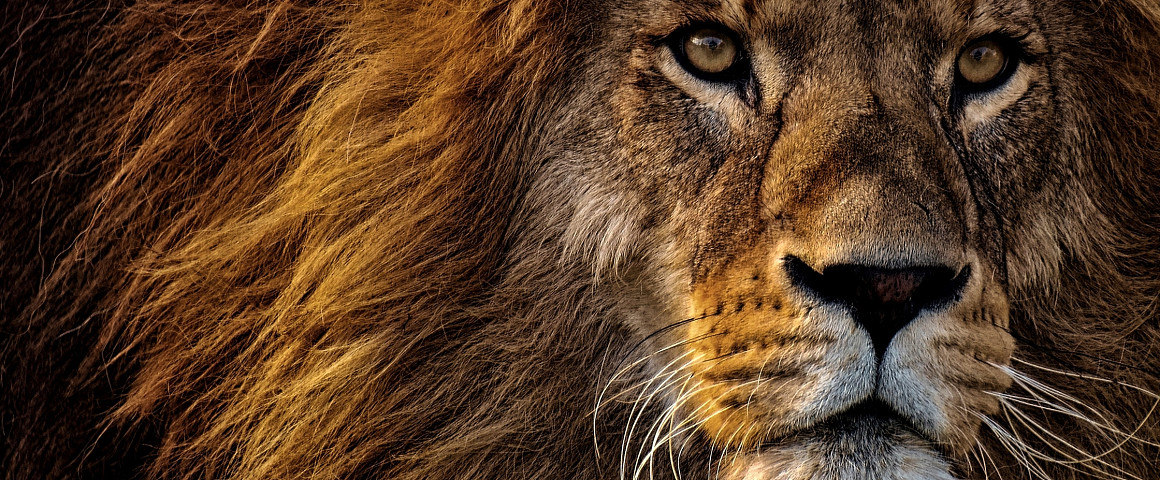
LUPIT pole
Oct 18 - 8 min read


In the intricate world of pole dancing, where gravity-defying moves and elegant poses paint a canvas of athleticism and artistry, one fundamental element stands out as the linchpin of it all: pole grip. It's the unsung hero, ensuring each maneuver, spin, or inversion is executed with grace and precision.
Grip strength isn't just about holding onto the pole; it's the bridge between intention and execution. It allows dancers to translate their strength and flexibility into awe-inspiring performances, ensuring they remain tethered even as they challenge the laws of physics. But what happens when this crucial element is underdeveloped or overlooked?
The challenges can be manifold. Dancers with inadequate grip strength may find themselves slipping during crucial transitions or unable to maintain holds for desired durations. This not only hampers their ability to execute advanced moves but also poses significant safety risks. A weakened grip can lead to abrupt falls, muscle strains, or even long-term injuries. Moreover, the lack of a reliable grip often sows seeds of doubt, causing hesitation in performances and restricting dancers from exploring their full potential.

Recognizing the significance of grip and the repercussions of its absence sets the stage for an enlightening exploration. As we delve deeper, we'll unearth the anatomy behind grip, techniques to fortify it off and on the pole, and the profound impact it has on every dancer's journey.
Grip, in its essence, is not just about your hands holding onto the pole—it’s an intricate symphony of muscles working in harmony. To appreciate the strength and resilience required, let's dive deep into the anatomy that underpins this crucial aspect of pole dancing.
The muscles involved in grip can be largely classified into three categories:
In pole dancing, grip serves multiple functions. It's the primary force that keeps you tethered to the pole, ensuring stability even as you swing, invert, or spin. A reliable grip is a safety net, preventing slips and falls. Moreover, as you graduate to more intricate moves and combinations, grip transitions from being just a foundation to an active participant, enabling you to execute maneuvers that defy gravity.
In essence, understanding the anatomy of grip is not mere theory. It's acknowledging the silent orchestra of muscles that come alive every time you dance, ensuring you move with grace, safety, and strength.

While pole practice is instrumental in honing grip, diversifying your training with off-the-pole exercises can provide remarkable benefits. These workouts target the very muscles involved in gripping and offer a focused way to bolster their strength.
When integrating these workouts, consistency is key. Aim for 2-3 sessions weekly, gradually increasing weight or duration as your grip strength improves. Remember, a fortified grip not only elevates your pole performance but also safeguards against potential strain or injury. By dedicating time off the pole for grip training, you're investing in a stronger, more confident pole dancing journey.
Read our blog to check out some other Pole dancing exercises.
While off-the-pole exercises are instrumental, pole-specific training refines the practical application of your grip strength, tailoring it to the unique demands of pole dancing. Here are techniques to enhance your hold directly on the pole:
Engage with the pole using various parts of your hand – from full-fisted grips to thumb-and-two-finger pinches. Start with basic static holds. Clasp the pole and lift your feet off the ground, engaging your grip muscles. Hold as long as you can, focusing on stability.

Progress to basic climbs, ensuring each hand placement is deliberate and firm. Climbs engage the entirety of your grip anatomy, challenging your fingers, palms, and forearms synchronously.
These involve applying force without actual movement, challenging your muscles differently than dynamic exercises. For instance, grip the pole at chest height and attempt to 'crush' it, exerting as much inward force as possible without actually moving your hands. Hold for a few seconds, then relax.
Another method involves trying to twist the pole within your grip, again without any actual movement. These exercises intensify your grip endurance, crucial for longer routines.
As you gain confidence, integrate more complex transitions that necessitate grip changes. Moves like the spin, butterfly, or inverted crucifix require grip shifts, challenging your hand muscles to adapt swiftly. Practicing these transitions refines your tactile sensitivity, ensuring you can instinctively adjust your grip based on the demands of a particular move.
Incorporating these techniques into regular training sessions is a game-changer. They not only build strength but also cultivate muscle memory, ensuring your grip becomes a subconscious, reliable asset. Embrace the pole as more than just a dance partner; consider it a dynamic tool to mold and enhance your grip, propelling your pole journey to new heights. Just make sure you warm up and cool down properly!

In the expansive realm of pole dancing, the grip is a paramount concern. While training and dedicated exercises can boost natural grip strength, external conditions like sweating can pose challenges. This is where innovative solutions like grip pads come into play, offering an extra layer of security and assurance.
Lupit Pole, known for its dedication to elevating the pole dancing experience, introduces an ingenious product tailored for those struggling with sweaty palms and bodies: Grip Pads. This product is designed to ensure that pole dancers can give their utmost in routines without the nagging worry of slippage.
The magic of these grip pads lies in their dual functionality:
Suitable for all pole materials and surfaces, Lupit Pole's grip pads promise not only enhanced performance but also a heightened sense of confidence. No longer do sweaty palms need to be a dancer's nemesis. With the right tools at your disposal, you can focus on what truly matters: the art, athleticism, and joy of pole dancing.
This grip aid not only promises enhanced performance but instils a newfound confidence, allowing dancers to fully immerse in their art without reservations.
As we conclude, it's essential to remember that the world of pole dancing is ever-evolving, and staying equipped with the right tools, knowledge, and techniques can elevate one's journey to unparalleled heights. Embrace these innovations and dance with the assurance that your grip, quite literally and figuratively, has got you covered.